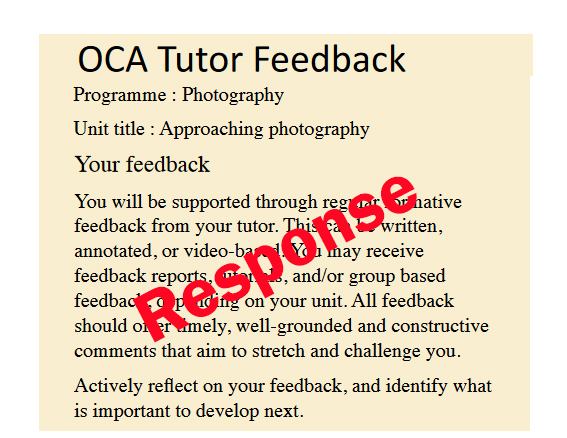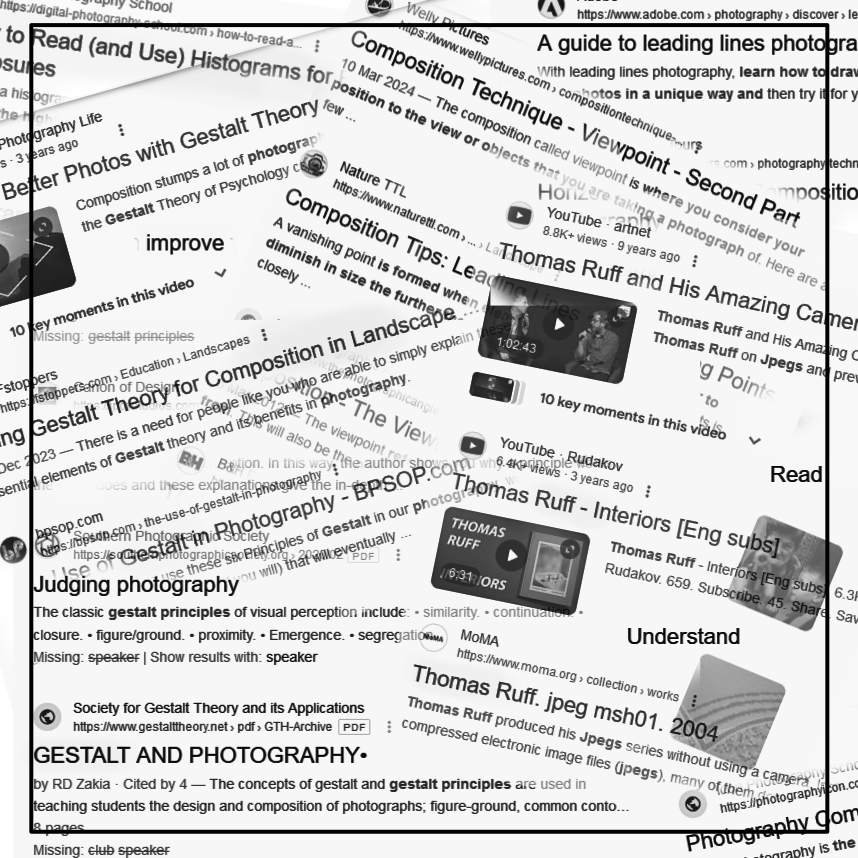I get a lot of access to ‘free’ books via Amazon Prime and this was one of them. Some of the photographic books I’ve dipped into and then moved on, but this one was an easy read that had signposts to effective storytelling via photographs. It doesn’t make evident that it is largely speaking of collections of photographs or projects, however there are also sections dealing with individual images that tell stories.
I was mostly interested in the storytelling within projects and was ‘testing’ my assignment 9 project (a book on the distance between us) against Finn’s ‘signposts’. This was dealt with in the first 50 pages of the book and entitled Story Telling 101.. Then it went on to cover a wide range of photography elements in his 5 Step guide covering: Pitch (to clients); Prep; Shoot; Edit; Deliver.
My take-aways regarding storytelling:
- Like any good story a photo story needs structure not a narrative (a simple sequence of events). There should be a beginning middle and end. A theme running through. The ending may answer a question posed at the beginning or provide a satisfying closure.
- Create an atmosphere appropriate to your theme, with props, wardrobe, articles etc.
- Keep it simple. Don’t complicate matters.
- Have a plot line which is the unfolding story.
- The plot is composed to 3 main elements: location; character; event.
- Authentic stories have realistic characters. These characters have needs and desires. Events are the obstacles or setbacks that might prevent them from achieving these goals.
- Drama: interest is always increased if there is an event causing an apparent dilemma.
- Add suspense to make your audience sit up in anticipation.
- An ideal location should: illuminate the subject’s life and surroundings; provide interest without overwhelming the subject; include small details that convey a message about the subject. A good environmental portrait is the symbolism expressed by the various elements in the image.
- The best stories are a journey that reveals information bit by bit. The following types of images aid this process: establishing shots; transition shots; cutaways / details; reveals.
- Use the distance of the camera from the subject to create emotional distance. You can then pique the interest of the audience and then bring them deeper into the story.
- When selecting your images you need to free your attachment to the image. Become a stranger to your image and regard it objectively to ensure it relays and reinforces the narrative.
- Spend time on editing.
- In places use colour to pair work instead of subject matter for surprising results.
- Remember to back up your work.
This was the part of the book that I was interested in. The rest of the book (three quarters) was composed of examples of the above advice and photographic ‘how to’s’ for the most part.
After reading this I was not too unhappy about my assignment 9 project. I seemed to have covered most bases according to the advice given here. If anything I remain concerned about the quality of some of the images, however the story telling (produced within the short assignment time frame) is effective.




